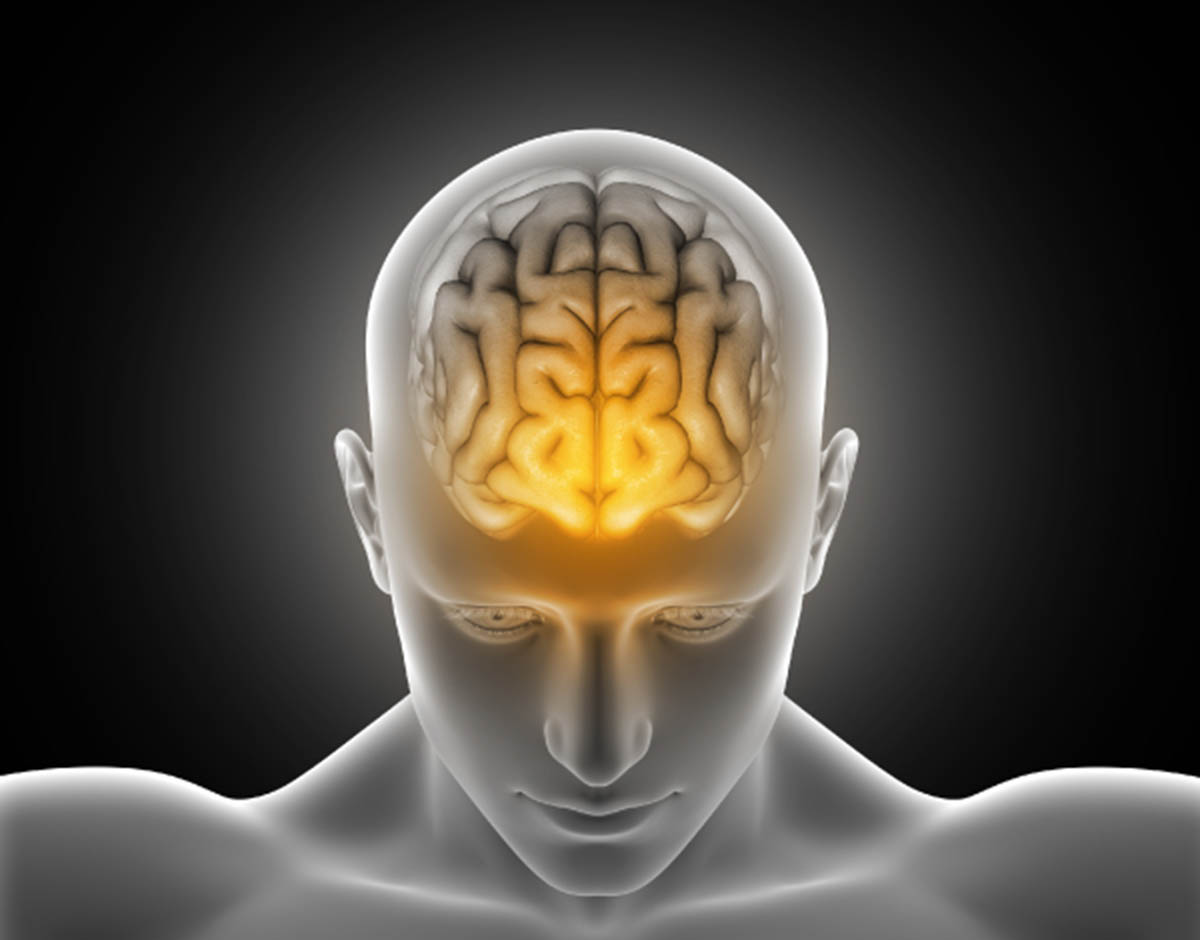Every migraineur should know the term "Status Migraine", although very few do. Status Migraine is something you must discuss with your doctor, as it is a potential medical emergency that could cause life-threatening complications.
What is Status Migraine
Status Migraine (also called "Status Migrainosus", or "Status Migrainous") is a migraine that lasts for more than 72 hours.

In order to be diagnosed as Status Migrainosus, the International Headache Society says the following factors must be present [see links]:
A. A headache attack fulfilling criteria B and C
B. Occurring in a patient with 1.1 Migraine without aura and/or 1.2 Migraine with aura, and typical of previous attacks except for...duration and severity
C. Both of the following characteristics:
- 1. unremitting for >72 hr1
2. ...debilitating2D. Not better accounted for by another ICHD-3 diagnosis.
If the patient has remission for up to 12 hours, due to sleep or pain medication, the diagnosis is still Status Migrainosus.
READ What Migraine Does to Your Brain
Symptoms of Status Migraine
The symptoms of Status Migraine are similar to the symptoms of migraine. However, due to prolonged pain and vomiting, you are more likely to experience effects such as insomnia and dehydration. These may make mental effects more likely and more pronounced.
Dehydration could also lead to dizziness, heart palpitations, general weakness, and impaired kidney function.
But what does Status Migraine feel like?
For those who have never had a Status Migraine (or even a migraine, you lucky devils), this is how it feels:
First, imagine the worst migraine (or headache) you've ever had. Double it. Triple it. Double it again. You're approaching the pain level.
Remove your ability to think (you can't think; you certainly can't grasp any abstract concept).
Imagine you've been vomiting, constantly, for seventy-two hours, with no end in sight. You're weak with dehydration and your throat hurts. Every smell that wafts by your nose (a cigarette, the cat's food, someone's meatball sub wafting through an open window) makes you feel like you're going to be sick again (osmophobia).
The light doesn't just burn your eyes (photophobia), it physically hurts them. Even with sunglasses, the light sears. Every whisper is like a shout (phonophobia). Even people talking in the same room has you retreating to a cool, silent, dark room (the only environment where you can find any comfort at all).
This is migraine. And Status Migraine feels like it will never end.
READ Headaches: Home and Natural Remedies for Migraine
What to do about Status Migraine
If you have Status Migraine, you need to see a doctor.
The longer migraine is present, the harder it is to treat. It also becomes more likely that allodynia will occur; this is where your body can become so sensitive that lightly touching your hair or skin with a finger or bedsheets is so painful that you can cry.
You may require:
- Suppository, IV or injection therapy, as prolonged migraine can cause gastric stasis and stop your stomach absorbing medications.
- IV fluids will usually be given to treat dehydration
- Anti-nausea medications such as metoclopramide may be given to speed up the gastric passage and fight nausea
- Dihydroergotamine or a triptan may be given to halt the migraine
- Corticosteroids can be used to relieve Status Migraine
Status Migrainosus and Stroke
So, that's Status Migraine.
But how can Status Migraine be potentially-dangerous?
Let's find out.

About Stroke
Stroke is the third biggest killer of people in the USA.
In stroke, the blood-supply to part of the brain gets cut-off.
There are two types of stroke:
- Ischemic: Where a blood clot halts the blood supply (85% of cases)
- Haemorrhagic: Where a weakened blood vessel wall bursts
Migraine-related strokes are generally Ischemic, though Sacco and colleagues (2013) found an increased risk of Haemorrhagic stroke.
Stroke and Migraine
27% of stokes in women under the age of 45 are caused by migraine.
A 2009 review of 25 studies found that the risk of ischemic stroke for any migraine was increased. The risk was particularly marked in those who had migraine with aura.
The risk was also particular higher in:
- Women
- Those under age 45
- Smokers
- Women using oral contraceptives
READ Do You Suffer From Migraines? Follow These Tips To Lower Your Risk
Why are young migraineur women at such a high risk of stroke?
In short, we're not really sure. Research is currently being undertaken in young migraineur women's tendency to clot (the prothrobotic factor) and its possible connection to migraine with aura. Research by Lynch and colleagues (2005) has shown that the prothrobotic factor, including faulty coagulation of blood, leads to a tendency to stroke (even in very young children).
Research is continuing, and it is thought that vascular differences between migraineurs and non-migraineurs may be discovered.
Stroke and Status Migraine
When we have a migraine, the pain is caused by dilation of the blood vessels in the head. That's why triptans work for migraineurs; they force our blood vessels to constrict.
Extended dilation of our blood vessels (as in a Status Migraine, which lasts for more than 72 consecutive hours) raises the risk of a stroke.
Additionally, due to the symptoms of a Status Migraine (slurred speech, mental confusion, weak limbs), it's possible to miss the symptoms of a stroke.
READ Curiouser and Curiouser: Alice in Wonderland Syndrome and Other Migraine Auras
What should I look out for?
If you suffer with Status Migraine, or any migraine, you should be on the lookout for the following signs:
- The worst headache of your life: if you can ever describe your headache as "the worst of your life", always see a doctor as a matter of urgency.
- New (or worse) paralysis or numbness you've never experienced before
- New or worse slurring of your speech, inability to remember or pronounce words
- Loss of consciousness
- Unremitting pain for 72 hours
Even if your symptoms turn out to not be significant, it's always best to be safe.
What now?
Director of the City of London Migraine Clinic, Dr. Anne MacGregor, says:
"There is no doubt that there is a relationship between migraine and stroke, and that the risk is greater with aura migraines... We do not want people with migraine to think they are at high risk of having a stroke... The absolute numbers are very small. You are far more likely to get a stroke from smoking. That's the big risk factor."
The closing message is to look after yourself, see your doctor, and to not panic.
- www.ichd-3.org/1-migraine/1-4-complications-of-migraine/1-4-1-status-migrainosus
- www.headaches.org/2007/11/19/facts-about-triptans
- www.ncbi.nlm.nih.gov/pubmed/24085027?dopt=Abstract
- www.ncbi.nlm.nih.gov/pubmed/19861375?dopt=Abstract
- www.ncbi.nlm.nih.gov/pubmed/16061602
- www.nhs.uk/Conditions/Dehydration/Pages/Symptoms.aspx
- www.nhs.uk/conditions/Stroke/Pages/Introduction.aspx
- migraine.com/blog/migraine-allodynia-and-central-sensitization
- migraine.com/blog/what-is-status-migrainosus
- www.migrainetrust.org/about-migraine/migraine-what-is-it/stroke-migraine
- www.webmd.com/migraines-headaches/guide/status-migrainosus-symptoms-causes-treatment
- www.helpforheadaches.com/articles/mx-stroke-risk.htm
- www.migraines.org/myth/mythreal.htm
- www.healthcentral.com/migraine/types-of-headaches-39093-5.html
- Photo courtesy of freepik.com


Your thoughts on this